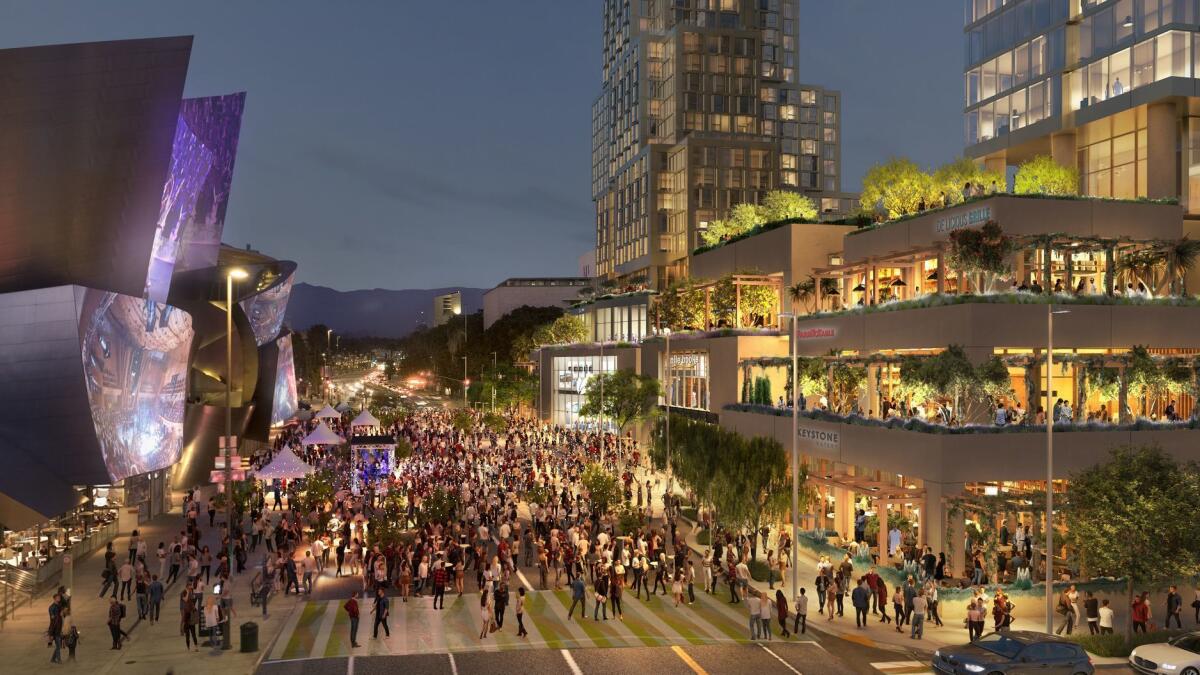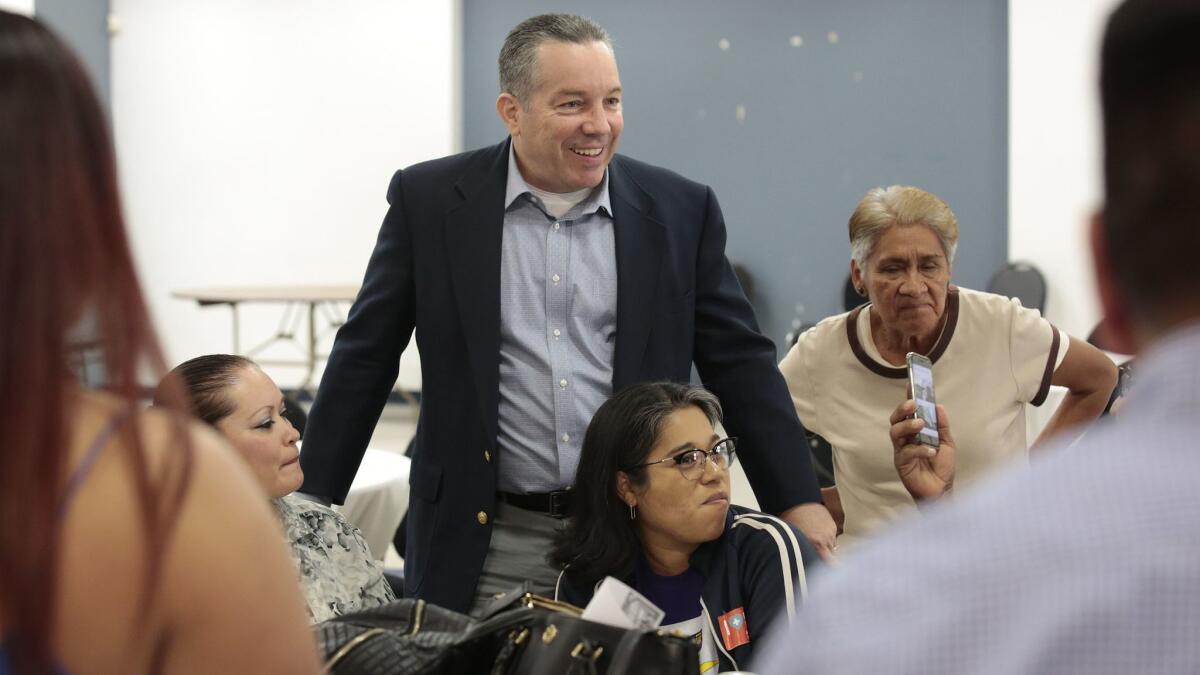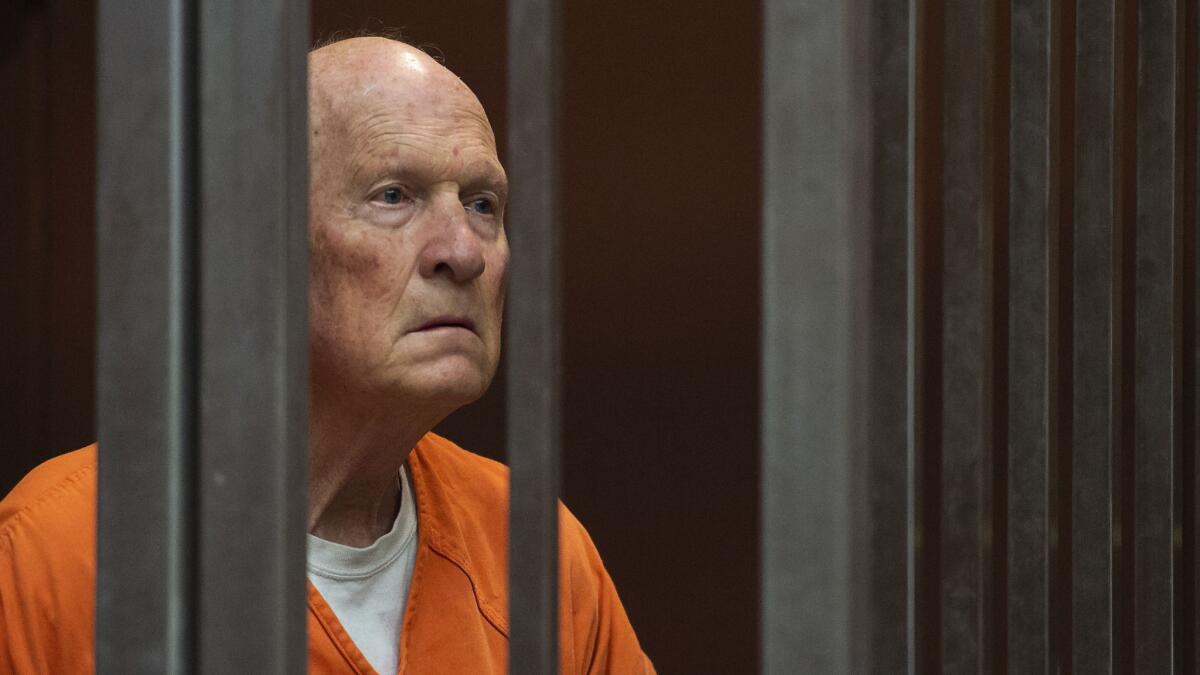A state of change and new chances: California news in 2018
Devastating mudslides follow fire in Montecito
A fire-to-flood cycle ravaged Montecito in a matter of weeks. First, the Thomas fire burned a swath from Santa Paula to Montecito late in 2017. Then heavy rains caused mudslides in January of 2018 that killed more than 20 people. The events prompted new concerns about emergency warning systems designed to get people out of harm’s way, and they also are focusing attention on how climate change might be contributing to more extreme cycles of weather.
USC president steps down
Allegations that Dr. George Tyndall, the longtime gynecologist for USC’s student health clinic, abused hundreds of patients roiled the university and led to the departure of the university’s longtime president, Max Nikias. Police are investigating the doctor, who denies wrongdoing. But the case has resulted in much soul-searching at USC, with some vowing to change a culture they believe has lead to a series of scandals. (In December, interim President Wanda Austin ousted the business school dean over his handling of harassment and discrimination complaints, a decision upheld by the trustees.) The next big challenge: choosing a new president who can guide the institution forward and unite the trustees.
Garcetti for president in 2020?
Mayor Eric Garcetti still hasn’t formally announced his bid for the White House, but indications are that he is very much in the race. He has stumped in some key states, but he has some California competition: Sen. Kamala Harris and billionaire Tom Steyer are also likely candidates. And he continues to grapple with L.A.’s image as the homeless capital of the country.

Development downtown and near Tejon Pass
The downtown Los Angeles building boom continued, with several new high-rise residential towers altering an increasingly crowded skyline. More big developments are on the way, including the long-delayed Frank Gehry complex on Grand Avenue, and some other projects proposed for the far north and south sides of downtown. But old-fashioned suburban sprawl continues, too, with L.A. County officials approving a new development (with 19,000 homes) near the Tejon Pass.
The fight over sanctuary
The Trump administration and the state of California battled over immigration, with the federal government suing to invalidate “sanctuary state” laws. Some cities in the state voted to formally oppose the laws, but in August, a U.S. 9th Circuit Court of Appeals panel ruled that the Trump administration may not punish immigrant-friendly sanctuary cities and counties by withholding federal funds. At the same time, the court removed a nationwide injunction, saying no place outside California appeared to be affected.
Here are our most read, shared and retweeted stories of 2018 »
A new era for The Times
After 18 turbulent years under Chicago control, the Los Angeles Times returned to local ownership this summer and moved its operations from the paper's iconic Art Deco building in downtown Los Angeles to El Segundo.
Biotech billionaire Dr. Patrick Soon-Shiong spent $500 million to purchase The Times, the San Diego Union-Tribune, Hoy and a handful of community newspapers from Chicago-based Tronc , which changed its name back to Tribune Publishing in the fall. S
oon-Shiong moved most of the newspaper's staff into a building near Los Angeles International Airport where he and his wife, Michele B. Chan Soon-Shiong, spent millions to create a 21st century newsroom. “I believe that fake news is the cancer of our times and social media the vehicles for metastasis,” Soon-Shiong wrote in a note to readers.
“Institutions like The Times and the Union-Tribune are more vital than ever. They must be bastions of editorial integrity and independence if they are to protect our democracy and provide an antidote to disinformation. We will continue our papers’ dedication to truth, integrity, journalistic independence, and storytelling that engages, informs, educates and inspires with care and compassion.”
Jerry Brown’s last stand
Gov. Jerry Brown’s long political career started to come to an end, but he became a leader of the Trump resistance on a variety of issues including climate change, immigration and crime. He is leaving a state that is on strong financial footing but still facing some wrenching issues: a homeless crisis, a debate over the future of high-speed rail and the delta tunnel, and growing income inequalities.
Newsom’s big move
Gavin Newsom, who defeated Republican John Cox in the race for governor, will be taking over at a time when Democrats are dominating California politics. Many observers expect him to be more of an outspoken liberal than outgoing Gov. Jerry Brown, and Newsom is hoping to make his mark early. He’s talking about some big programs, including a healthcare initiative. But with Democrats in control in Sacramento, can he keep spending under control amid worries about a dipping economy?

Historic upset in race for L.A. County sheriff
There was a political earthquake at the Los Angeles County Sheriff’s Department, as newcomer Alex Villanueva stunned the establishment by beating incumbent Jim McDonnell in November. Villanueva appeared to benefit from the statewide blue wave that helped Democrats, but part of his platform hinged on questioning some recent reforms that long have been a wedge between deputies and many progressive groups. Villaneuva has vowed to remake the department in his image.
The blue wave in the Golden State
California Democrats did more than their part to flip the House in November, winning over some of the state’s most iconic Republican congressional districts. Orange County, once California’s GOP stronghold, went all blue in Congress, a sign of how demographic forces and Trump fatigue are reshaping politics in upscale suburbs. The results leave California Republicans even more marginalized and trying to figure out how to move forward in a state where the president is so unpopular.
Out of the car and onto public transit
Los Angeles County pushed forward with its ambitious plans for a transportation network, with work continuing on several new lines including one to the Westside, one to Los Angeles International Airport and a transportation connector project downtown. And several more rail projects are on the way, with officials hoping a bigger system will bring more riders. Even Orange County is building a street car line. But the state’s high-speed rail network continued to face troubles, including rising costs. Gov.-elect Gavin Newsom vowed to reexamine the project amid new calls that it be scrapped. Voters might end up having a say in its fate.
Housing crisis in California
Rising rents and home prices are straining working-class California like never before, making the dream of home ownership impossible for many. Cities are building more housing, but critics say it’s too little too late. An effort to dramatically increase building and density allowances died in Sacramento, and state voters rejected rent control. Polls showed a major disconnect: Many voters are not thrilled with the idea of massive new development even though experts say it’s the best way to ease the housing crunch.
Thousand Oaks reels
Twin tragedies struck the suburb in less than 24 hours. First, on Nov. 7, a gunman opened fire at Borderline Bar and Grill, which was packed with college kids, killing 12. Among the dead: Ventura County Sheriff’s Sgt. Ron Helus, one of the first officers to reach the country music bar. In the aftermath, stories of panic, bloodshed and heroics emerged. Then, just as one of the memorials was getting underway, mourners smelled smoke. The Woolsey fire was about to sweep through the area, burning more than 1,500 structures from Oak Park to Malibu. The events left the city reeling from the loss but also strengthened by support and love from inside and outside the community, which vowed that the shootings would not be forgotten amid the chaos that followed.

DNA evidence used in Golden State Killer case
For more than four decades, the unsolved killings and rapes haunted the victims’ families and neighbors. For years, authorities had not even been able to connect the crimes, but in April officials said they arrested the so-called Golden State Killer in the suburbs of Sacramento. Joseph James DeAngelo Jr., a 73-year-old former police officer, faces 13 counts of murder and 13 counts of kidnapping to commit a robbery. The break that authorities said led them to DeAngelo came when they linked DNA evidence from the slayings to genetic information contained on a consumer genealogical website.
Unwinding rules on confidential law enforcement records
After a Times investigation found that past misconduct by law enforcement officers who testified in court was routinely kept hidden by California’s privacy laws, state lawmakers moved to undo some of the nation’s strictest rules keeping law enforcement records confidential, particularly those involving officer killings of civilians. Legislators approved two landmark measures, one that would give the public access to internal investigations of police shootings statewide, and another that would allow the release of body camera footage of those incidents.
Freeway dragnet halted
After a Los Angeles Times report, the L.A. County inspector general started to investigate whether a Sheriff’s Department highway enforcement team engaged in racial profiling when it stopped thousands of innocent Latino drivers in search of drugs on the 5 Freeway. The Times found that nearly 70% of drivers pulled over from 2012 through last year were Latino, and two-thirds of them had their vehicles searched. The department has said racial profiling plays no role, but the inspector general said the team violated the constitutional rights of the drivers. In December, the I-5 drug searches were halted.